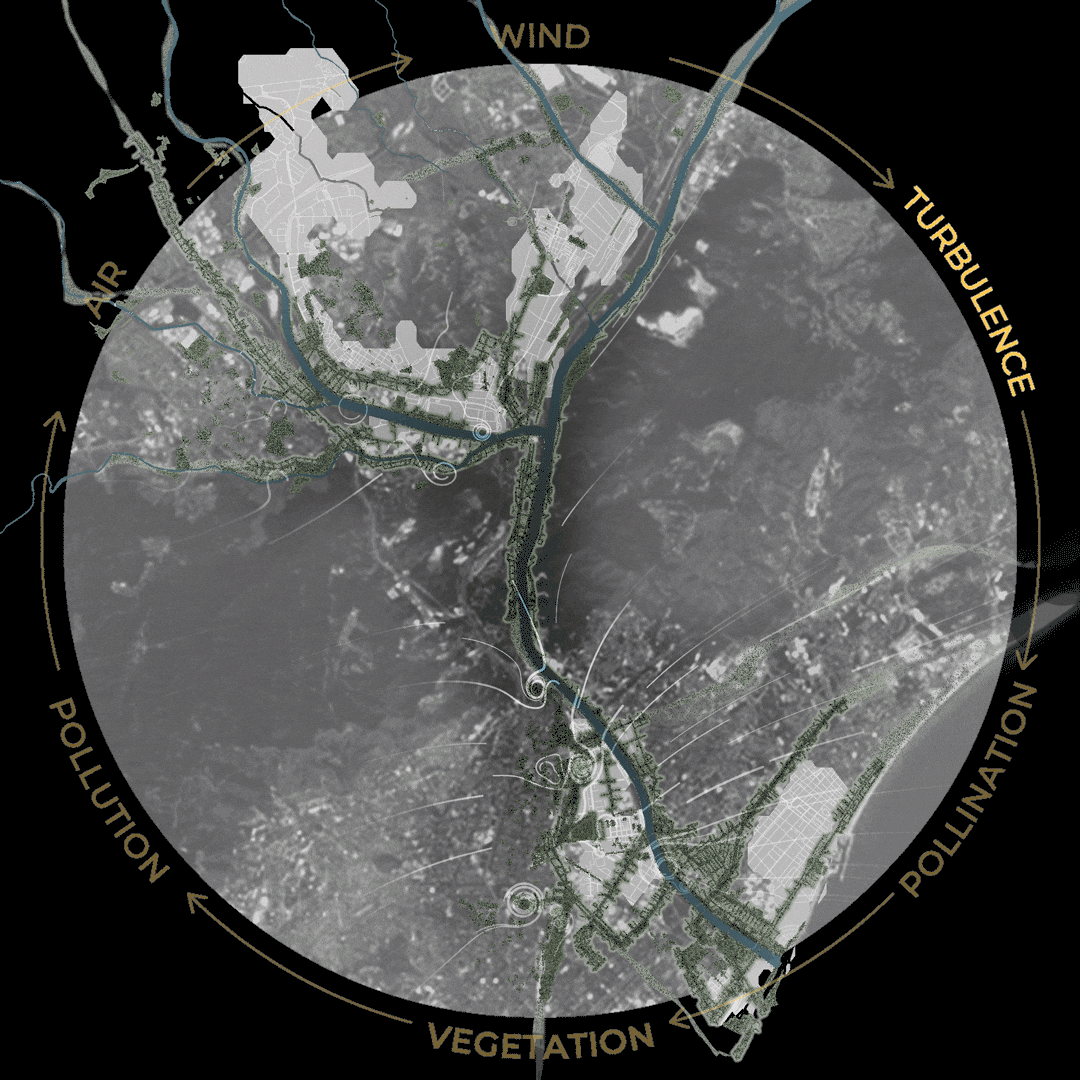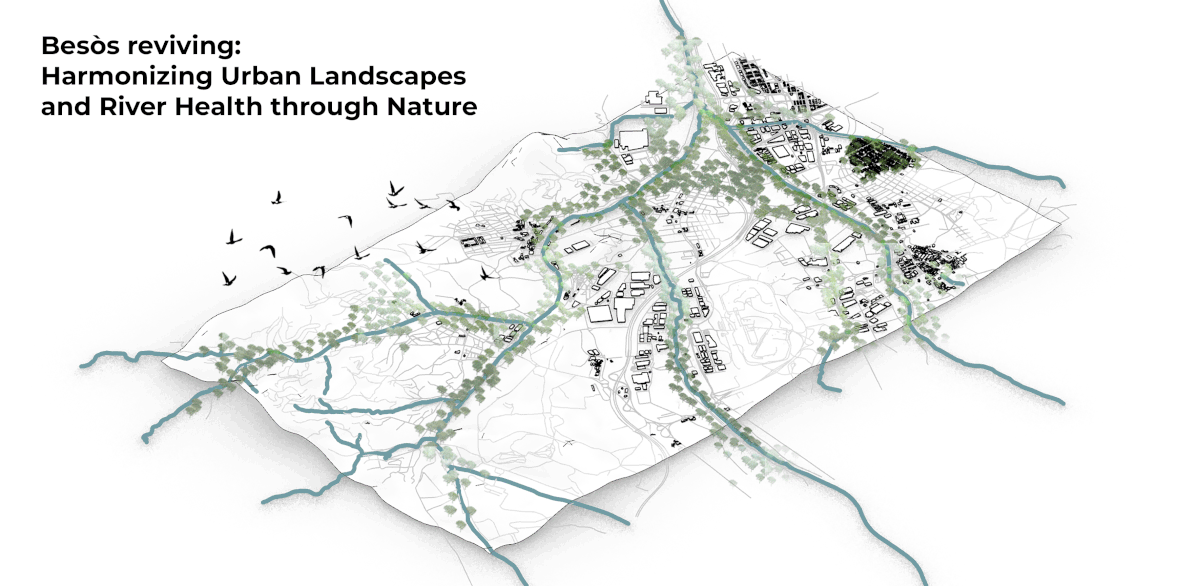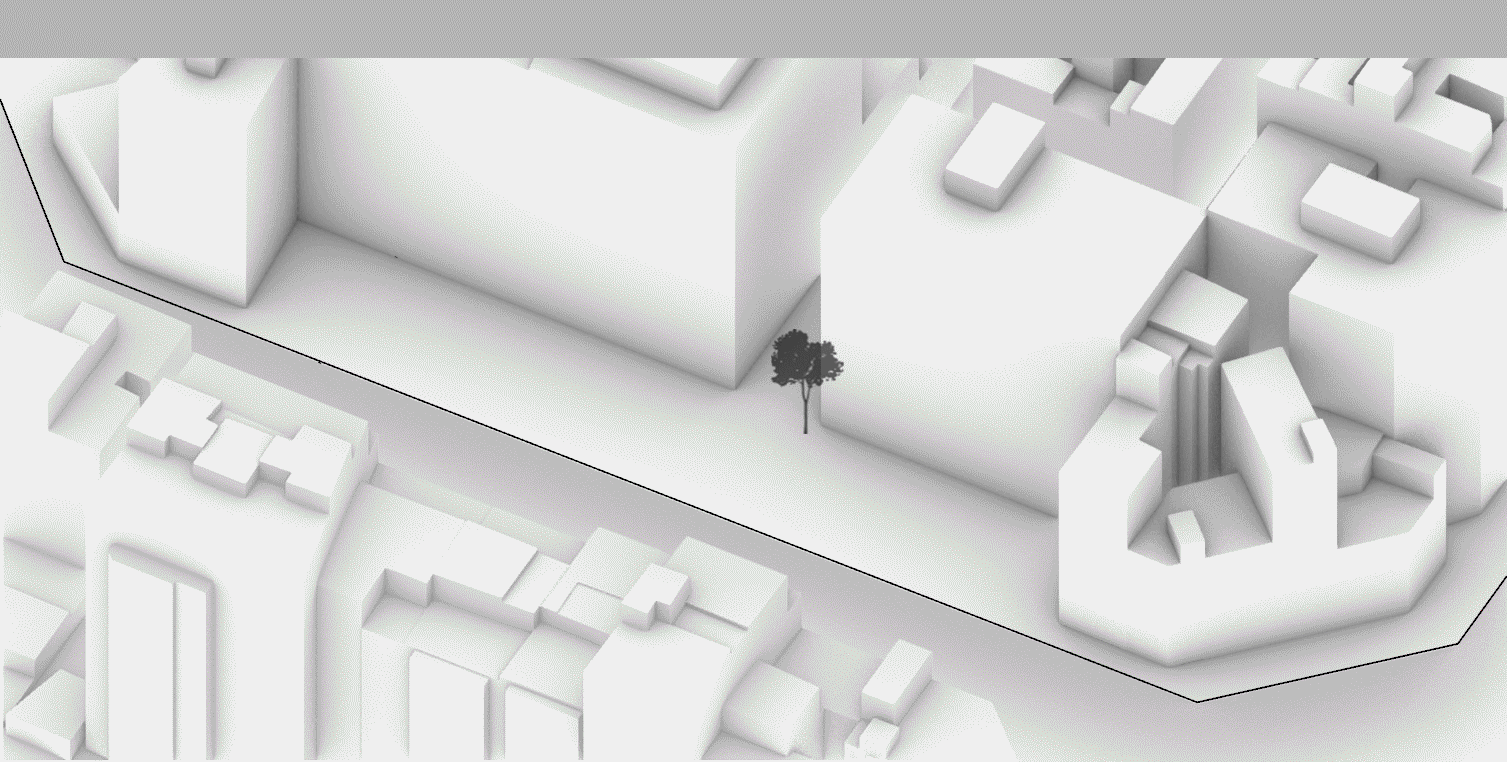Initiating the Process for a Carless City
The idea of a ‘car-free’ city is not as easy as just banning cars but about reducing car reliance. The private car has undeniably revolutionized mobility in the 21st century. It has offered convenience, job creation and an increased freedom of movement. While a world without cars might seem unimaginable, cities globally are strategically transitioning … Read more









